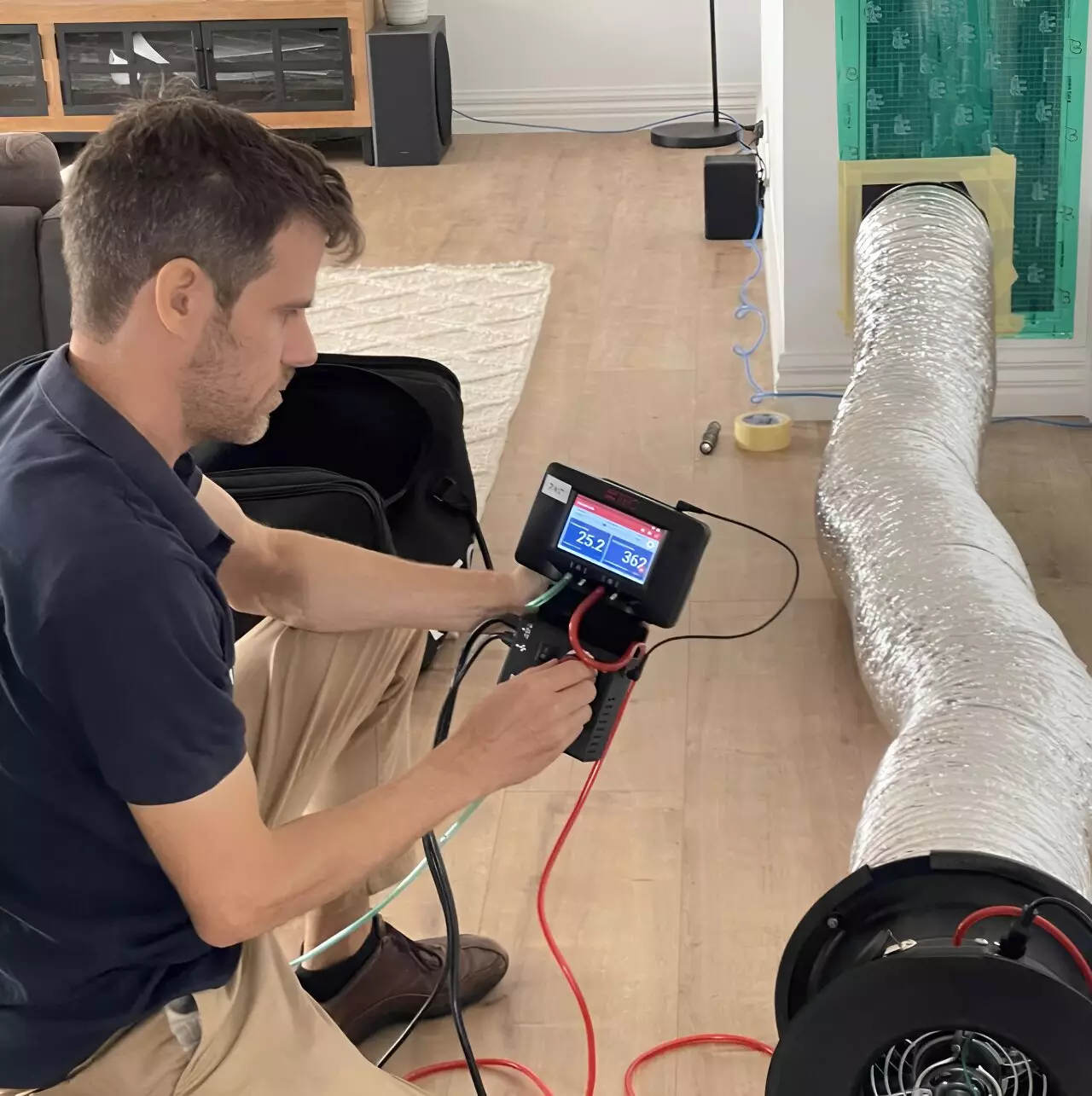In a recent study conducted by CSIRO, it was found that new Australian homes are significantly more airtight than those tested in 2015. This is a positive development for homeowners, as proper air tightness in a building can lead to a multitude of benefits. Maintaining recommended air tightness levels in homes can result in increased comfort, lower energy bills, and improved indoor air quality. By minimizing unintended air movements within a building, air tightness prevents outdoor air from entering and indoor air from escaping, ultimately creating a more conducive living environment for residents.
Conversely, homes with poor air tightness can lead to a range of issues. Drafts caused by air leakage can result in increased energy consumption, potentially raising energy bills by up to 20%. Additionally, buildings that are excessively airtight without proper ventilation can lead to problems such as condensation, mold growth, and health issues for occupants. Higher levels of carbon dioxide and monoxide in the indoor air can cause symptoms like headaches and nausea. Therefore, achieving the right balance of air tightness and ventilation is crucial for the health and well-being of residents.
Researchers tested a total of 233 homes in major Australian cities to assess their air tightness levels. While the results were promising and aligned well with international standards, there were still areas for improvement. Leakage points were identified in various areas of the homes, including bathroom fans, sliding doors, and door seals. Some apartments were found to be excessively airtight, highlighting the importance of controlled ventilation in maintaining a healthy indoor environment.
The study outlined several recommendations for the Australian building industry to address common air tightness issues. These include establishing air tightness standards in the National Construction Code (NCC), mandating controlled ventilation in new buildings, making air barriers mandatory in all residences, and providing training and resources for builders to improve building performance. By implementing these measures, the industry can ensure that new homes meet optimal air tightness levels, contributing to a healthier and more energy-efficient built environment.
The study also found that actual air tightness levels closely matched those predicted by the Nationwide House Energy Rating Scheme (NatHERS), which provides energy efficiency ratings for residential buildings. This correlation indicates that NatHERS is an effective tool for predicting air tightness in homes. Displaying air tightness values on NatHERS certificates and considering their impact on the star rating can further encourage builders and homeowners to prioritize air tightness in their construction projects.
The research conducted by CSIRO highlights the significance of air tightness in Australian homes and the importance of addressing air leakage issues. By implementing recommended practices and standards, the building industry can create more comfortable, energy-efficient, and healthy living spaces for residents across the country.


Leave a Reply